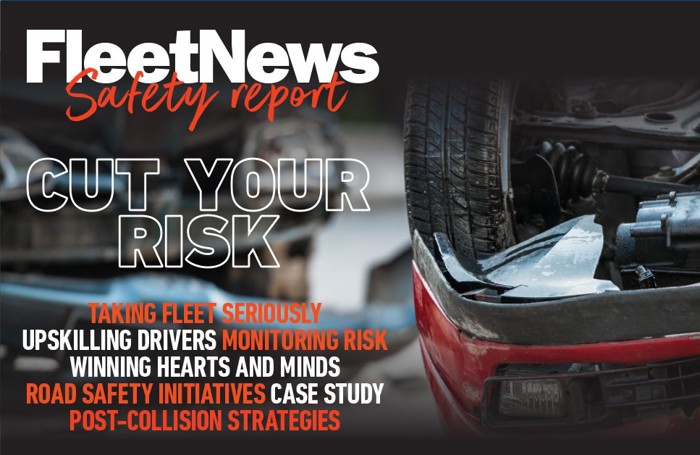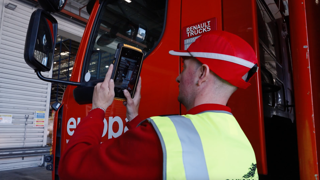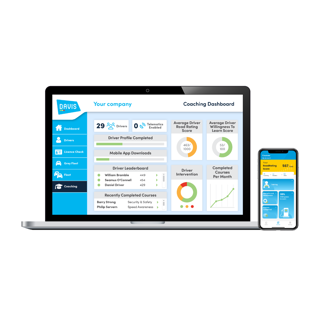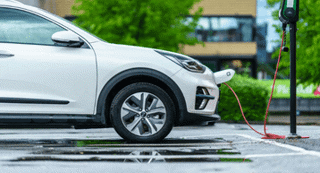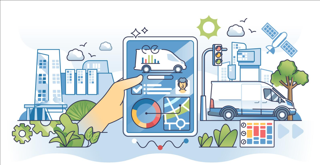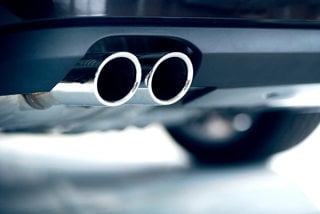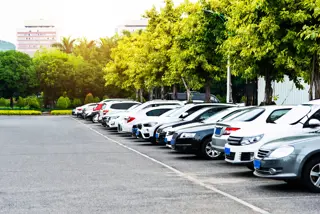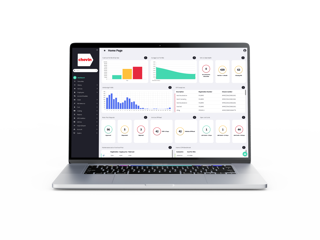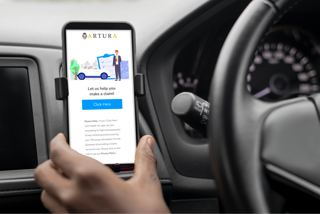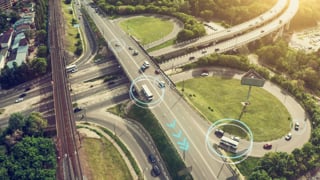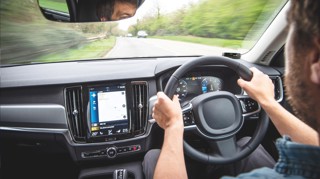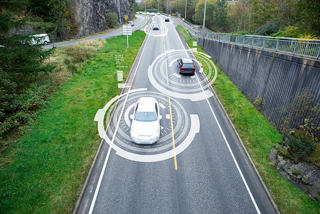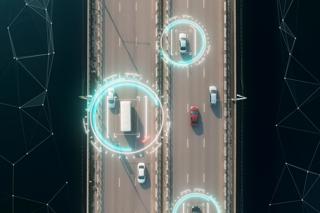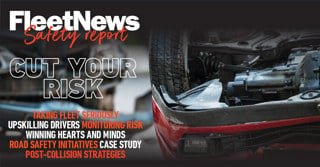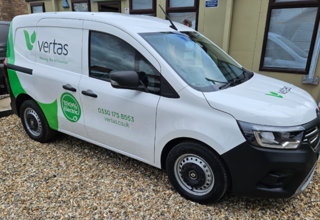
Telematics
Telematics has been one of the most transformational technologies to hit the fleet management sector in the past few decades.
The data insights it provides on how employees are driving and how vehicles are performing enables fleet decision-makers to identify areas of improvement to unlock a number of benefits.
These include improving driver behaviour to increase safety and lower running costs through reducing fuel consumption and vehicle wear and tear, tracking vehicles/assets to improve operational efficiency through improved routing and cutting vehicle off-road time through preventative maintenance.
In the past, many fleet managers struggled to cope with the sheer quantity of data provided by telematics, but suppliers usually offer dashboards which filter the information and present it in an easy-to-understand way.
Many are also using AI to further improve the speed and depth of analysis.
Traditionally, telematics systems needed a third-party device to be fitted to each vehicle to generate the data, but as cars and vans have become more complex and fitted with connected technologies many are able to collect the same data without one.
Some suppliers have reached agreement with vehicle manufacturers to access this information directly, reducing the need to fit any devices.
Telematics devices can also be combined with dashcams to provide fleets with footage of any incidents in real-time, helping to provide evidence of what happening in a collision, while some systems use a traffic light system to give the driver real-time feedback on their performance behind the wheel.
Cut your risk with the new Fleet News safety report
Improving safety is a top priority for many fleets, but it can be a complicated subject to tackle. Our new report provides comprehensive and straightforward advice.
All articles
Fleet briefs: Latest from Licence Check, AFP, Ayvens, Samsara, Lightfoot, Econ Engineering, FCLG, Targa Telematics, FMG, The Handbook Group, FMG Repair Services, Fleet Financial and the AA
The latest fleet industry news, including Licence Check adds new supplier management feature to Davis Fleet and the AFP confirms its third annual AFP Expo.
Fleet briefs: Latest from Novuna, Europcar, Ctrack, Sixt, System Edström, Teletrac Navman, E-Training World, SVA, Blackout Technologies and ZF Aftermarket
The latest fleet industry news, including Ctrack unveils telematics-enabled accident and repair solution and System Edström launches new in-port service racking solution.
